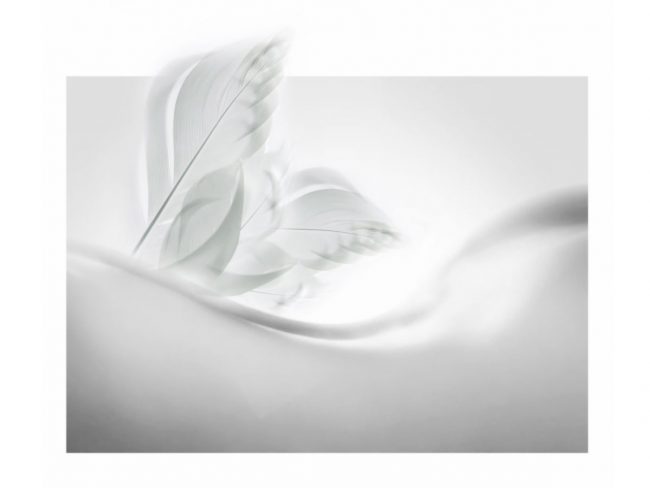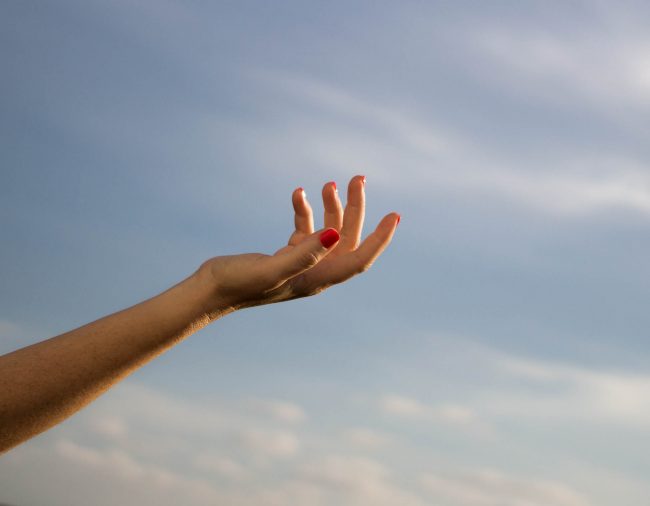Psychologist and teacher.With over two decades of expertise, Amparo studies and supports individuals who use photography to enhance their creativity and facilitate their personal growth. Through her work over the years, she has provided valuable information via articles, masterclasses, and courses covering topics that intersect photography and psychology and embarked on personal photography projects. In collaboration with Javier Sancho Boils, she has created ANDANAfoto. Since 2015, they have offered photography workshops with various organizations and platforms.She is the author of the books “Fotografía para crecer. Guía práctica para enseñar fotografía en la infancia y adolescencia (Photography to Grow: A Practical Guide for Teaching Photography to Children and Adolescents)” and “Descubre la fotografía. Mirar, crear y disfrutar desde la infancia (Discover Photography: Look, Enjoy, and Create from your Childhood)”.
Self-portraits are an instrument for self-knowledge, allowing individuals to reveal their bodies privately or publicly. They also serve to express emotions and convey one’s intimate essence. The artist and the model are one.
One of the most common questions people who have participated in the photography contest ask is, “How do I sell my photography work?”
This article will clarify frequently asked questions about selling photos as graphic artwork that may arise. These basic guidelines can help you when taking your first steps in selling your photographs.
A self-portrait can be an instrument to get to know oneself, a way of exposing our body but it also manifests the feeling and the intimate way of being. A self-portrait is a map of your intimate world, a statement of intentions, a testimony about who you are and how you show yourself.
If we portray the world we live in using images, if we think in images, or if the words we use relate to what we picture in our minds, is it possible that these images actually shape our reality? Which comes first: the image or the word?
Winning Project of the Second Edition of the ANDANAfoto Photography Contest.
Winning Project of the Second Edition of the ANDANAfoto Photography Contest.
On September 7, 2022, Geles Mit, Antonio Morales, and Ana Martí Testón, members of the jury of the Second Edition of the ANDANAfoto Photography Contest, unanimously agreed on the following awards.
Love, although a deeply personal journey, can be a shared experience.Love takes us on a journey, guiding us to the essence of our own emotions. Through the act of loving, we not only gain the precious gift of understanding one another but also embark on a magical self-discovery process. We may think we are uncovering the depths of the other person, only to realize that we are actually discovering ourselves, much like gazing at our reflection in a mirror.
Today, more than ever in history, we have the possibility to take photographs at any time. We create images quickly and easily. We create images because we can.
Understanding our own eroticism increases autonomy and fosters greater self-expression. Through our sexual choices—defining our identities, actions, and desires—we undergo personal transformation. Embracing this freedom expands our pleasure as we challenge societal norms and established boundaries.










